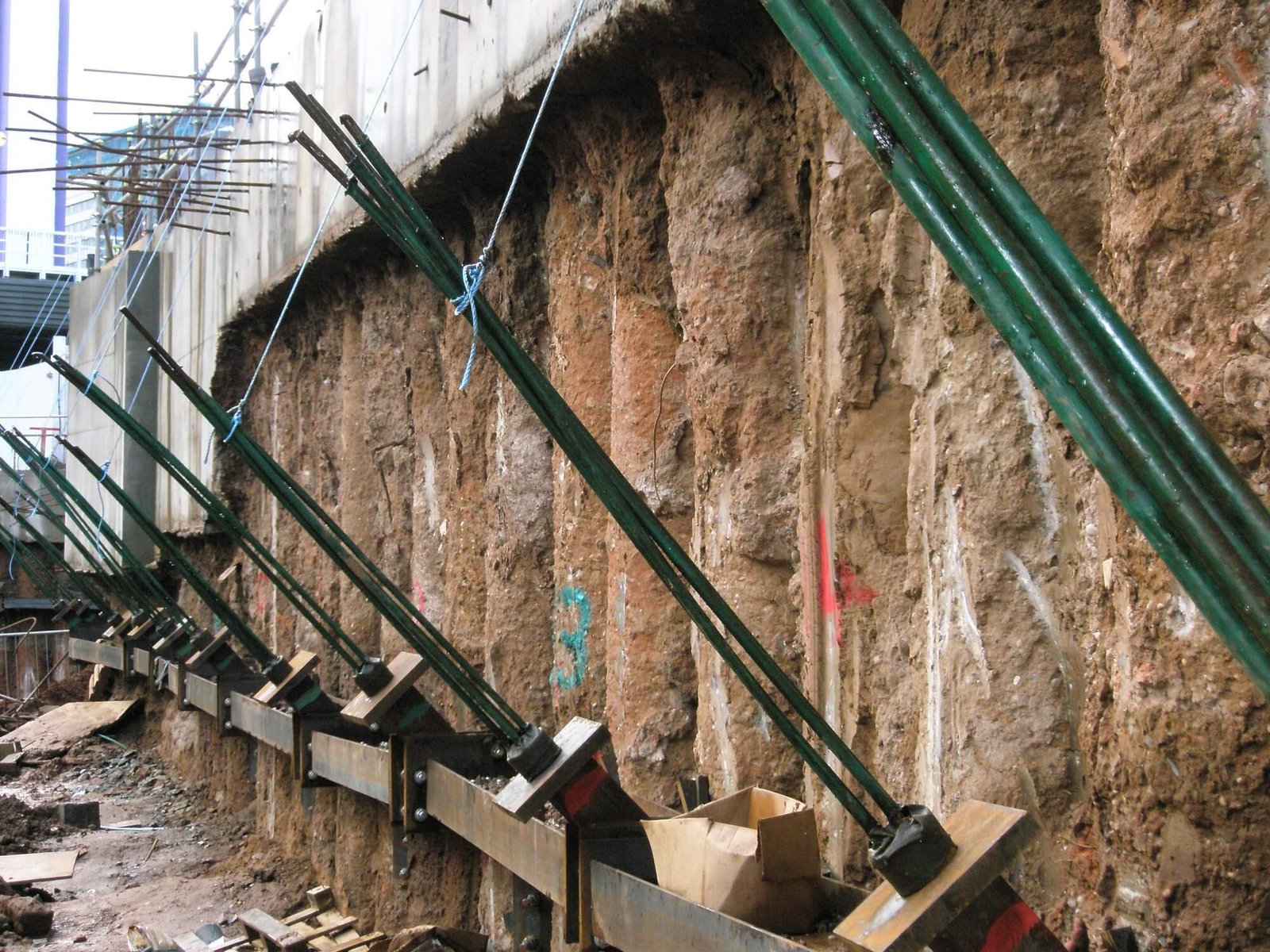When it comes to deep foundation and excavation support, contiguous (contig) wall piling and secant pile retaining walls are two of the most effective solutions used in modern construction. Both methods provide essential ground support and help prevent soil collapse during excavation or basement construction.
However, one of the most common questions from developers, landlords, and homeowners is: How long does the process take? The answer depends on several factors, including site conditions, design complexity, pile size, and weather. Understanding the timeline helps in planning your project efficiently and setting realistic expectations.
This article explores the average duration of contig wall piling and secant pile wall construction—breaking down each phase and the factors that can influence the schedule.
Understanding Contig Wall Piling
A contiguous wall, often referred to as a “contig wall,” is made up of bored concrete piles installed closely together, leaving small gaps—usually around 75 to 150 mm—between them. These gaps allow groundwater to seep through but are small enough to retain the soil behind the wall.
Contig walls are popular for temporary or semi-permanent excavations, such as basements, retaining walls, and underground car parks. They are faster to install than many other wall types and offer excellent structural stability when ground conditions are suitable.
Understanding Secant Pile Retaining Walls
A secant pile wall is similar in concept but involves overlapping piles that interlock to form a continuous barrier. Typically, secondary reinforced piles are installed between primary unreinforced piles, resulting in a watertight structure.
Because secant pile walls provide both structural strength and groundwater control, they are ideal for deep excavations in urban or water-sensitive environments. However, the process is more intricate and therefore takes slightly longer to complete compared to contig walls.
Average Construction Time for Contig Wall Piling
The duration for constructing a contig wall depends on several variables, but in general:
- Small projects (e.g., residential basements or small retaining walls) may take 1 to 2 weeks to complete.
- Medium to large commercial projects can take 3 to 6 weeks or more, depending on wall length and pile depth.
Let’s break down the stages:
Site Preparation (2–5 days):
Before piling begins, the site must be cleared, leveled, and surveyed. Utility checks and ground investigations are conducted to identify underground obstructions and soil characteristics.
Piling Setup and Mobilization (2–3 days):
Mobilizing the rig, setting up safety barriers, and preparing the drilling platform take a few days. Once complete, the piling rig and equipment are positioned for operation.
Piling Installation (Up to 10–20 piles per day):
A skilled team can install between 10 and 20 piles per day, depending on soil conditions and pile diameter. For example, a 100-meter-long contig wall with 600 mm diameter piles might take 5 to 10 working days.
Curing and Finishing (3–5 days):
After the piles are cast, concrete curing and any minor trimming or finishing works are performed. If a capping beam or tie-back anchors are required, additional time may be added.
Overall, a well-managed contig wall project can typically be completed within two to four weeks for moderate-sized developments.
Average Construction Time for Secant Pile Walls
Secant pile retaining walls take slightly longer because the piles overlap and require more precision. The overlap must be accurate to ensure the wall is watertight and structurally continuous.
On average:
- Small to medium secant wall projects take around 3 to 5 weeks.
- Larger or deeper excavations may take 6 to 10 weeks or longer.
Here’s what the timeline typically looks like:
Preliminary Work (1 week):
This includes site setup, ground surveys, and creating guide walls to align the piles accurately. Guide walls are essential for maintaining pile overlap precision.
Primary Pile Installation (1–3 weeks):
The unreinforced primary piles are drilled and concreted first. These need sufficient time to harden before secondary piles can be installed between them.
Secondary Pile Installation (2–4 weeks):
Secondary reinforced piles are drilled and cast between the primary ones, cutting slightly into them to form the interlock. The reinforcement cages must be precisely positioned, and the drilling process is slower than for contig walls due to the overlap.
Curing, Testing, and Finishing (1–2 weeks):
Once all piles are installed, concrete curing takes several days. Testing may be required to verify the integrity of the wall, followed by construction of capping beams or anchors if needed.
Therefore, a full secant wall project can take anywhere from 4 to 8 weeks, depending on size and complexity.
Conclusion:
By factoring in site conditions, pile size, and design complexity, you can set realistic expectations and ensure your retaining wall project runs smoothly from start to finish. With expert planning and professional execution, both methods deliver strong, durable, and long-lasting foundation support for any type of construction.




Leave a Reply